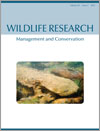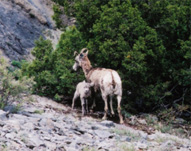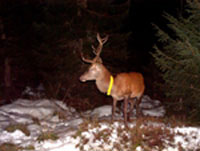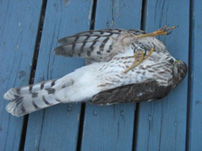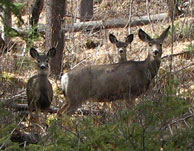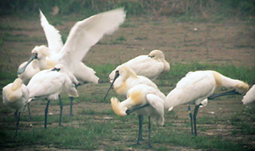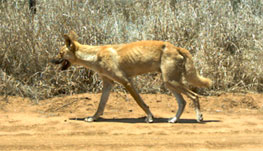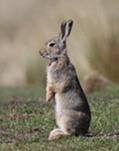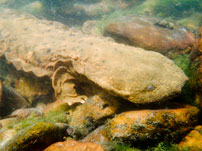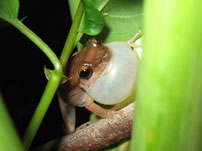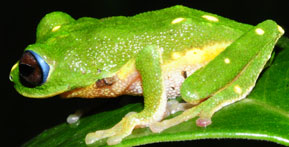WR12033Effects of large-scale high-severity fire on occupancy and abundances of an invasive large mammal in south-eastern Australia
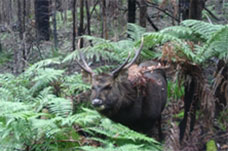
Large and severe fires, such as the ‘Black Saturday’ fires that burnt ~430 000 ha in Victoria in February 2009, are thought to greatly reduce the abundances of large mammals. We evaluated the impacts of the Black Saturday fires on introduced sambar deer using a variety of monitoring techniques. Although sambar deer abundances were greatly reduced in burnt habitats, we found that most burnt areas were reoccupied 16–24 months after the fires. Photograph by Victorian Department of Sustainability and Environment.


